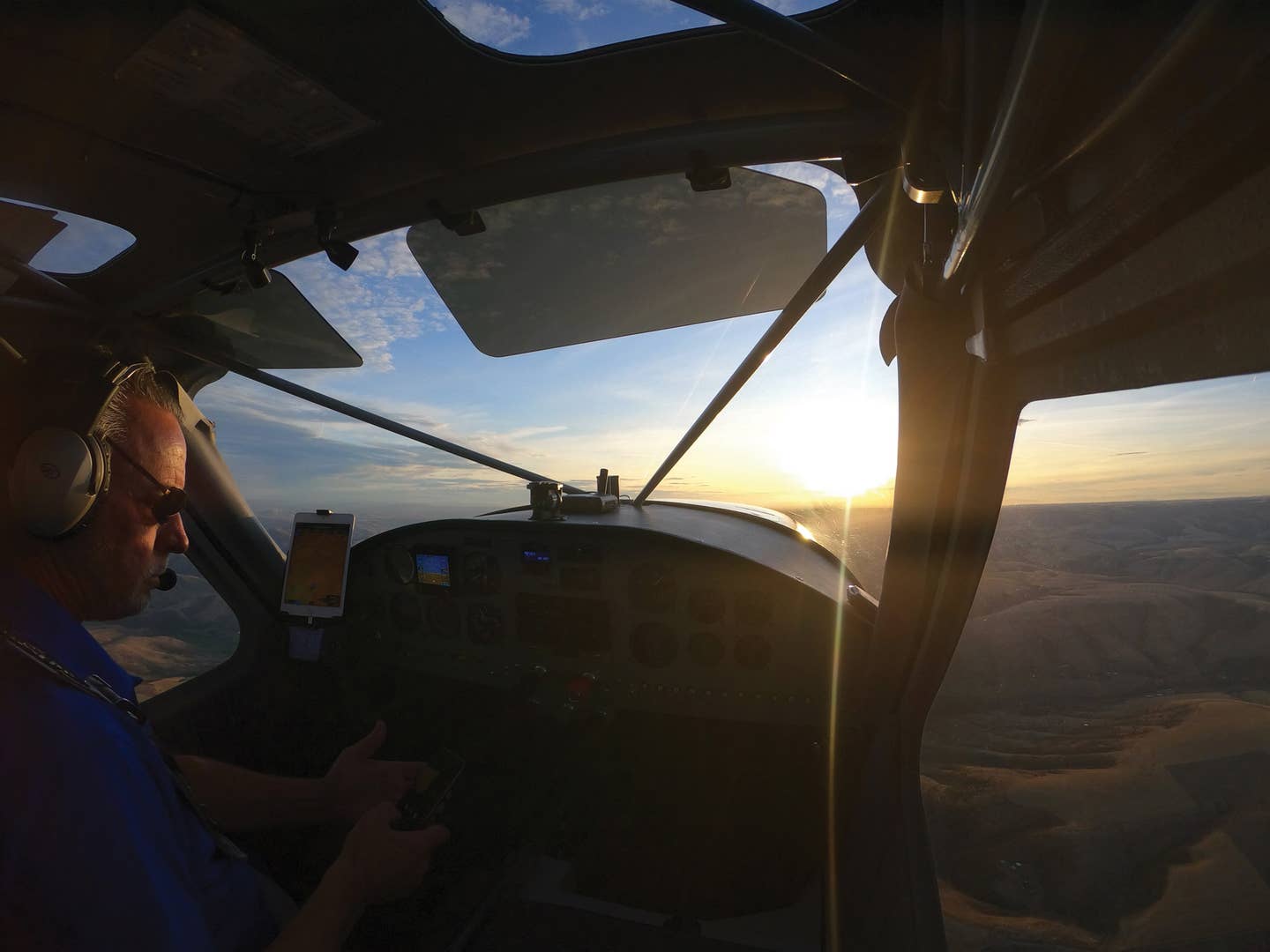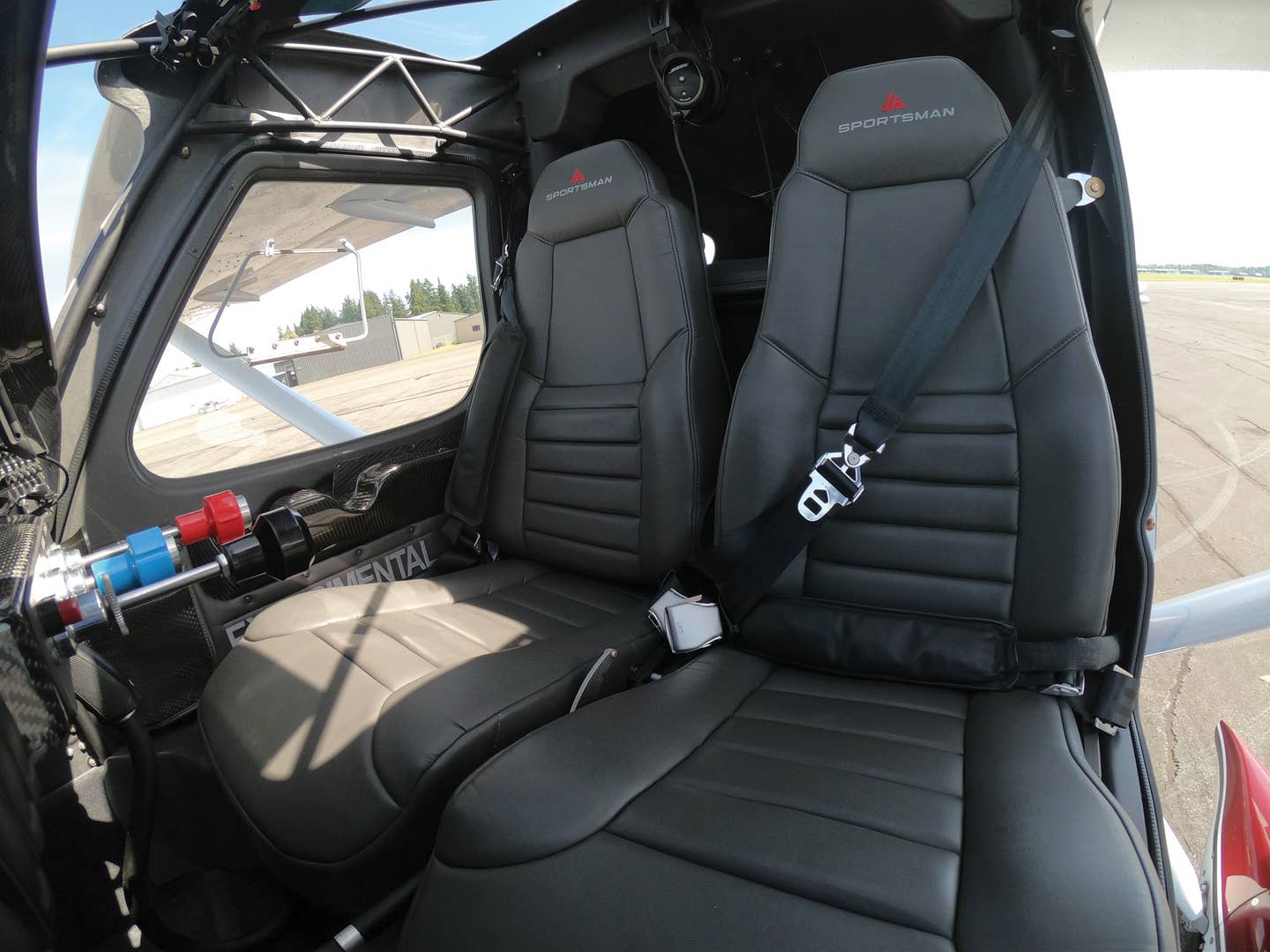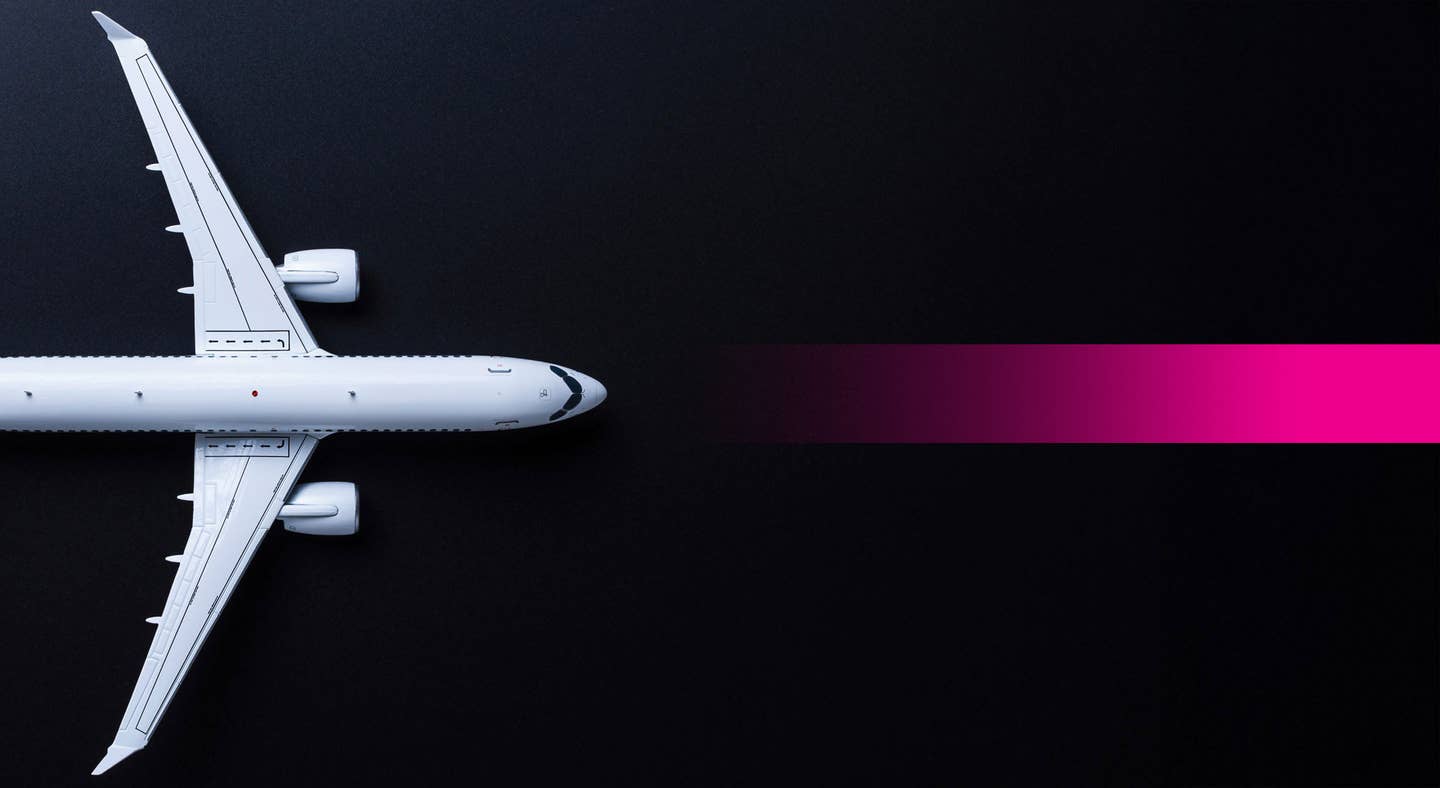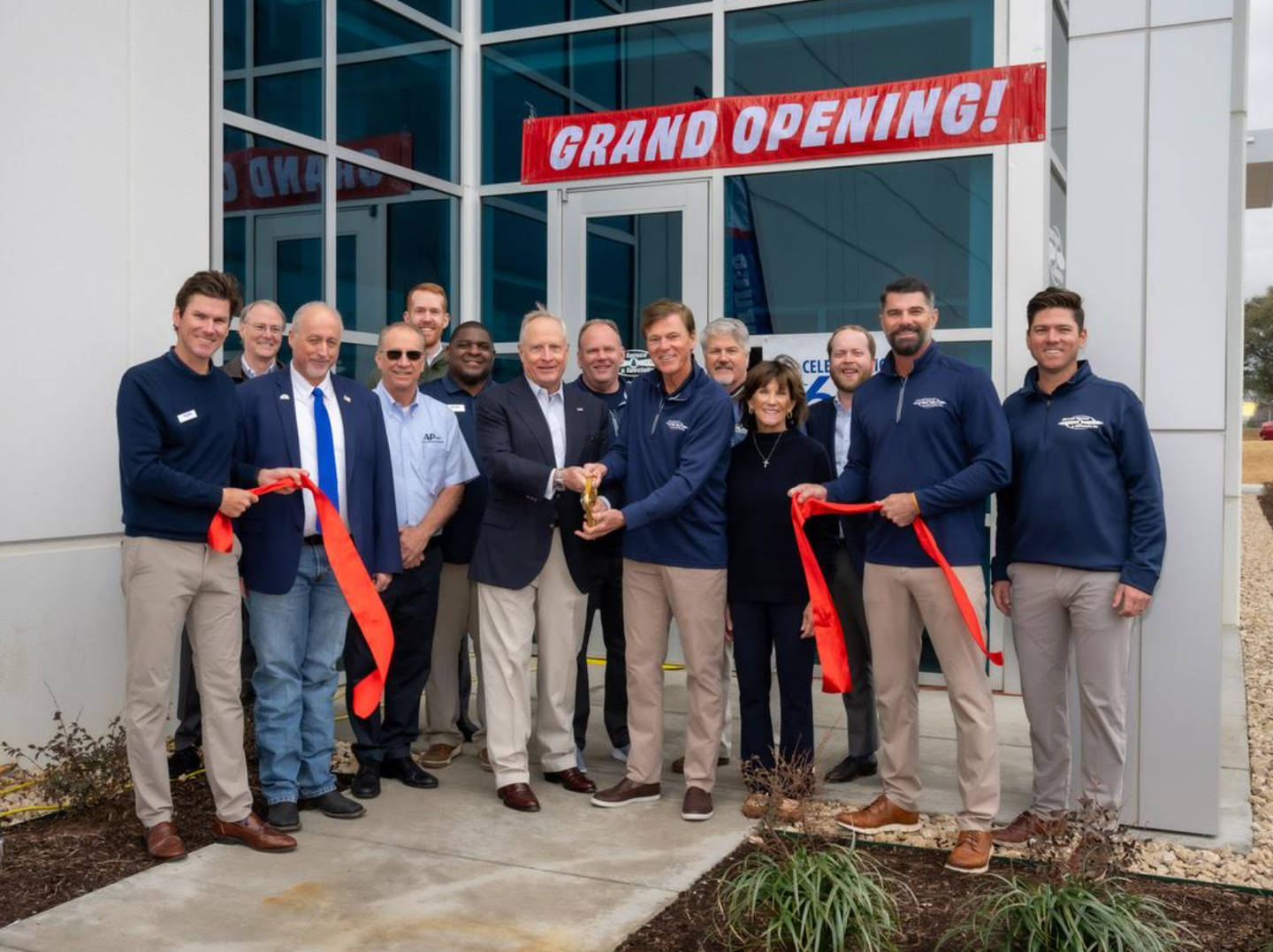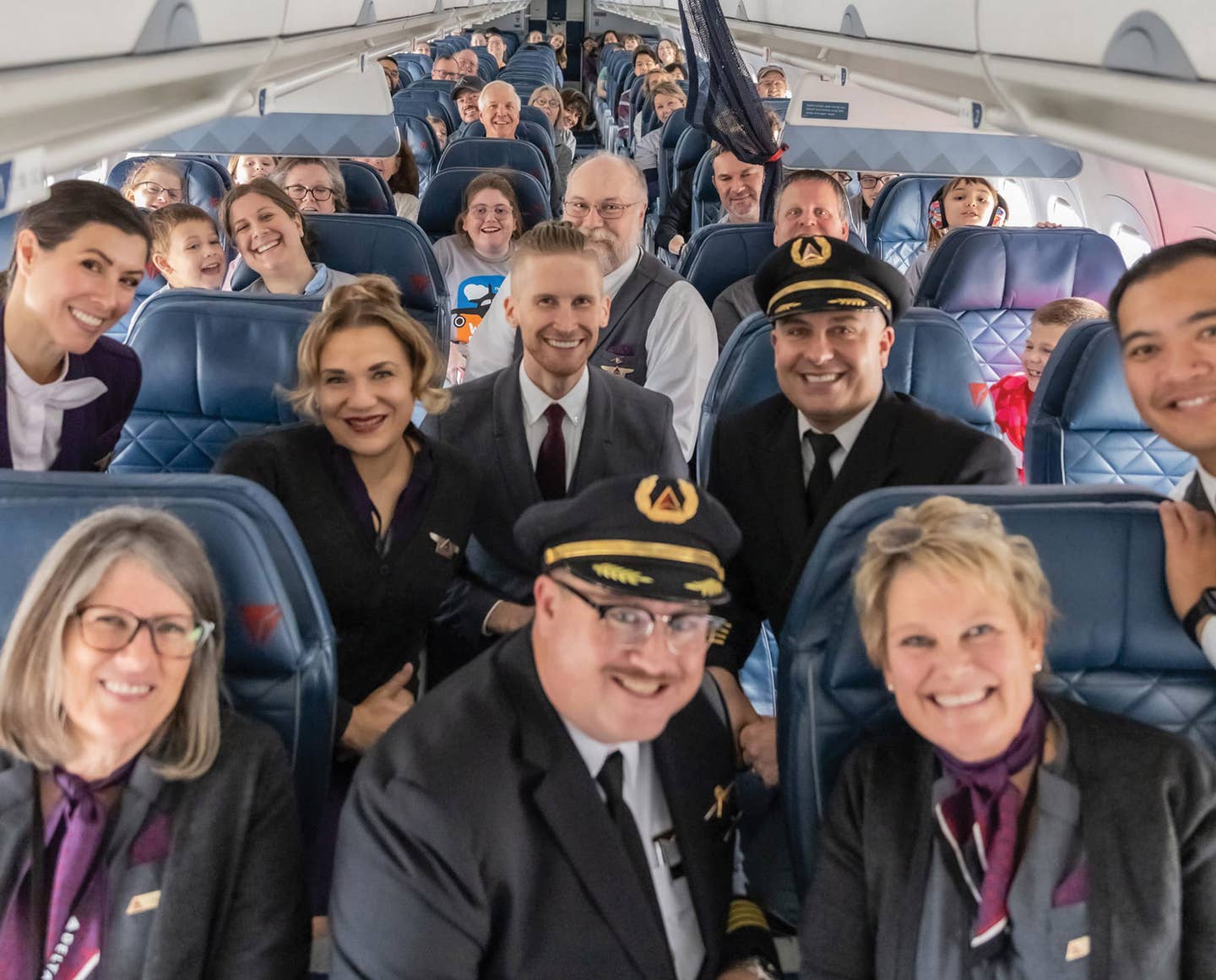ForeFlight Changing Aviation One Device At A Time
A chat with ForeFlight CEO Tyson Weihs
 |
ForeFlight is a classic American success story and a proven innovator in the world of aviation. It's safe to say the ForeFlight mobile software application has changed how we think of flight planning and execution. Since cofounding the company in 2007 with his partner, Jason Miller, ForeFlight CEO Tyson Weihs has led the cause of richer integration with technology. Since ForeFlight's beginnings, Weihs' goal has always been to improve the aviation experience for pilots. "Elegant" is a word Weihs and his marketing team use quite a bit, and the ForeFlight mobile app---the company's flagship product---is the epitome of elegance, function and integration.
One of ForeFlight's strengths is the company's focus on collaboration. That's rare in an industry where manufacturers work hard to keep their innovations secret and away from the prying eyes of their competitors. ForeFlight has embraced collaboration, including working with Appareo and Sporty's on the award-winning Stratus dual-band ADS-B AHRS receiver, bringing affordable ADS-B capabilities to GA cockpits. We sat down with Weihs to talk about ForeFlight and the impact it has had on the industry, as well as what the future of general aviation might look like.
P&P: ForeFlight has become a phenomenal success. Did you foresee this kind of success with the product?
Weihs: We have had very strong growth and, in fact, this market is one of the few high-growth areas in aviation. When we started, I had no idea that this is where we would be today. I could never have imagined how far we have come. We are at 34 employees, and still growing and doing very well.
 |
P&P: How did you first conceive of the ForeFlight product?
Weihs: I had a computer science degree and had developed software at three startups. Everybody was involved in general aviation at one of those companies, and we would fly GA to business meetings. Aviation was part of the company's DNA. I started flying in 2003 and was working on a web project to make checking METARs and TAFs easier. Jason Miller had developed a desktop application called ForeFlight, and we integrated our two projects. We originally set out to build a better airport information website, but when the iPhone appeared, we redirected our efforts towards it. Apple invited us into their developer program in 2008, and later that year ForeFlight became the first aviation app in Apple's new App Store. The iPad came out in 2010, transforming aviation and our company.
P&P: Tell us about collaborating with other companies.
Weihs: We collaborate with others in order to drive change and take a stand against overreaching regulators. When the FAA launched an initiative to charge user fees for chart data, we formed a coalition of companies and went to Washington to fight what we thought would result in a giant step backward. We joined GAMA to give the company and customers a seat at an influential table of folks dedicated to improving the aviation industry. On the technology side, we collaborate with others when we believe that, together, we can create a reliable solution and overall experience that will delight customers. Going forward, I see us collaborating with others to create standards that enable data interchange for flight planning and simplify avionics integration with tablets.
 |
P&P: Do you worry that collaboration might help your competitors?
Weihs: We all have our individual strengths. As the market has matured, our differences have become apparent. I believe we will differentiate ourselves by going beyond where our competitors will stop. We'll go into areas where they won't go. Our job is to anticipate where they'll draw the line, and then go beyond that. We have integrated with systems that were very cautious at first, but we want to keep doing that. There is still so much we can do to improve flight planning technology--- NOTAMs, briefing, charting---I feel like we're just getting started.
P&P: What are some of the latest developments at ForeFlight?
Weihs: We introduced an amazing capability for IFR pilots that allows them to display approach plates on a map, allowing the pilot to see how weather, obstacles and terrain affect their approach. We enhanced our flight plan filing systems to enable worldwide ICAO flight plan filing, and we communicate directly with Lockheed Martin Flight Service so that FSS specialists can provide faster service when pilots call for briefings or open VFR flight plans. We also released ForeFlight Military Flight Bag, an enhancement for military, state and federal agencies that provides access to Department of Defense data, including approach plates, en route charts, DAFIF navigation data and documents.
P&P: Can you tell us about what you're working on for the future?
Weihs: No! (Laughs). We're really passionate about making it easier for folks to synthesize information, so we will look for ways to make flight planning even easier and not as intimidating. FAA weather briefings are terrible---pilots are missing information, and that may be leading to accidents. When you look at recent accidents, you see that there is something about flight planning that the pilot missed. We'd like to promote standards that make it easier for us and other electronic flight bag makers to advance areas like flight plans, briefings, NOTAMS and special-use airspace. We'd like to evolve the pilot's briefing so they're not getting 20 pages of "stuff" that doesn't directly impact their flight. Pilots are missing things because the system is not smart enough to highlight information that may be lifesaving.
The briefing needs to be like a conversation. The data is there but it needs to be strung together correctly and presented so that it offers the best actionable intelligence possible. We'd like to focus our collaboration on that area.
P&P: What do you think about the future of general aviation?
Weihs: You know, I've never flown an instrument approach with paper as the primary! If you survey students at Embry-Riddle or Kansas State or UND, you'll find that paper is foreign to them. Electronic flight planning is just a small part of the technology that will continue to drive the industry. While it's true that there are people who are attached to the complexities of aviation, integration of the iPad in the cockpit will continue to bring change. I think the next generation of pilots will be all electronic.
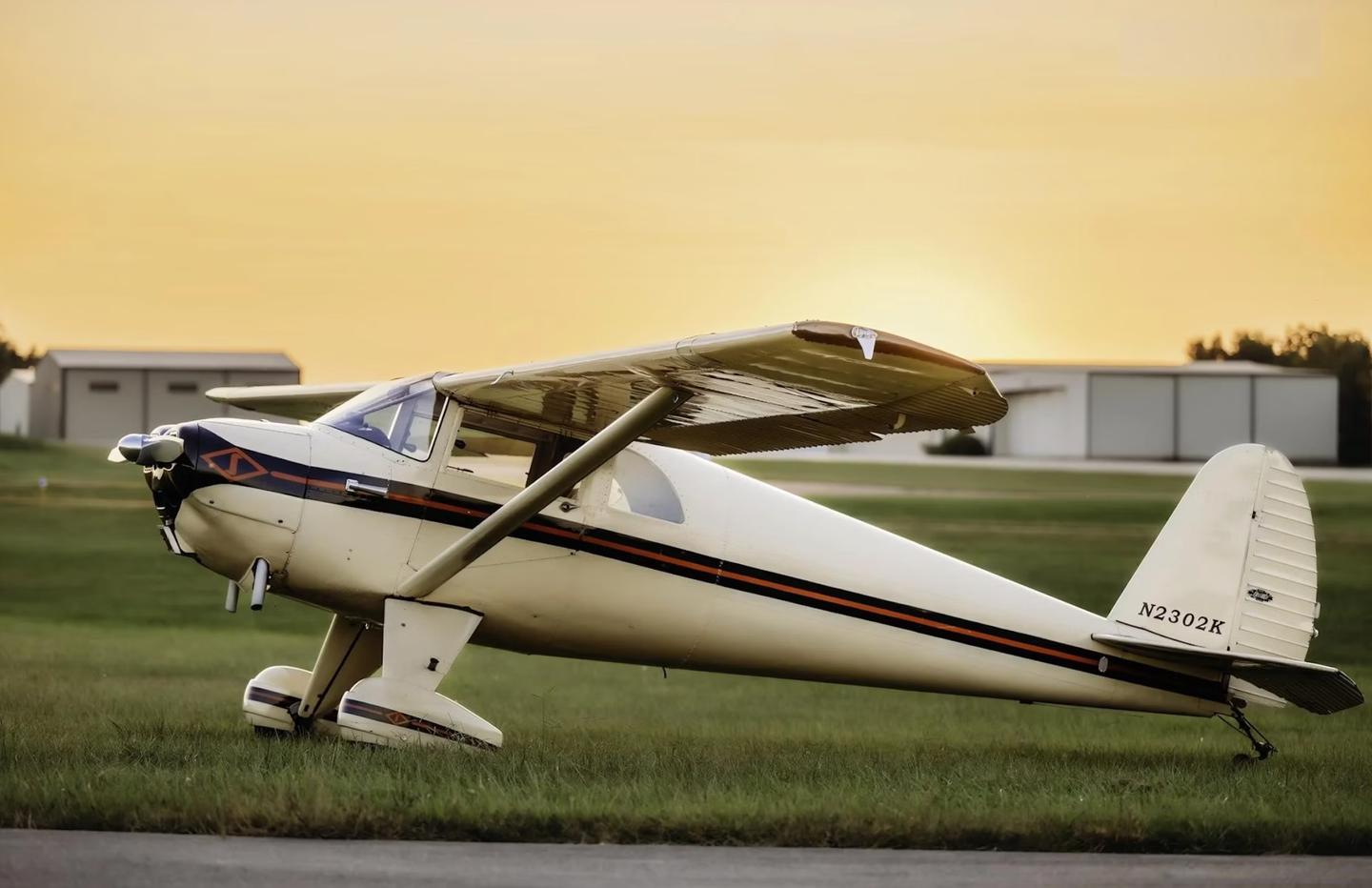
Subscribe to Our Newsletter
Get the latest Plane & Pilot Magazine stories delivered directly to your inbox

